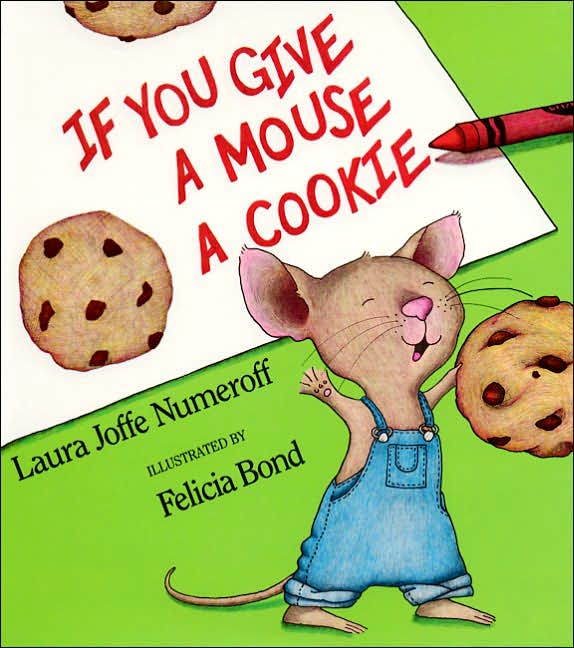
As a reader I liked how this book pointed out a different kind of bullying. The gender roles that are challenged in this book are what make it interesting. Pinky is a boy whose favorite color is pink and his best friend is Rex, who is a girl. The author picked names that were very opposite, but I think that it did a good job making the point for younger readers.
As a teacher I would use this beginners chapter book in small groups. I want kids to understand that anyone can like the color pink, no matter what their gender. I would use this book as a way to discuss with students what they think of gender roles, and to make sure that they understand that they are all free to be individuals. I think that this would also be a good opportunity for students to role play what they would do if they were confronted by a bully.





















